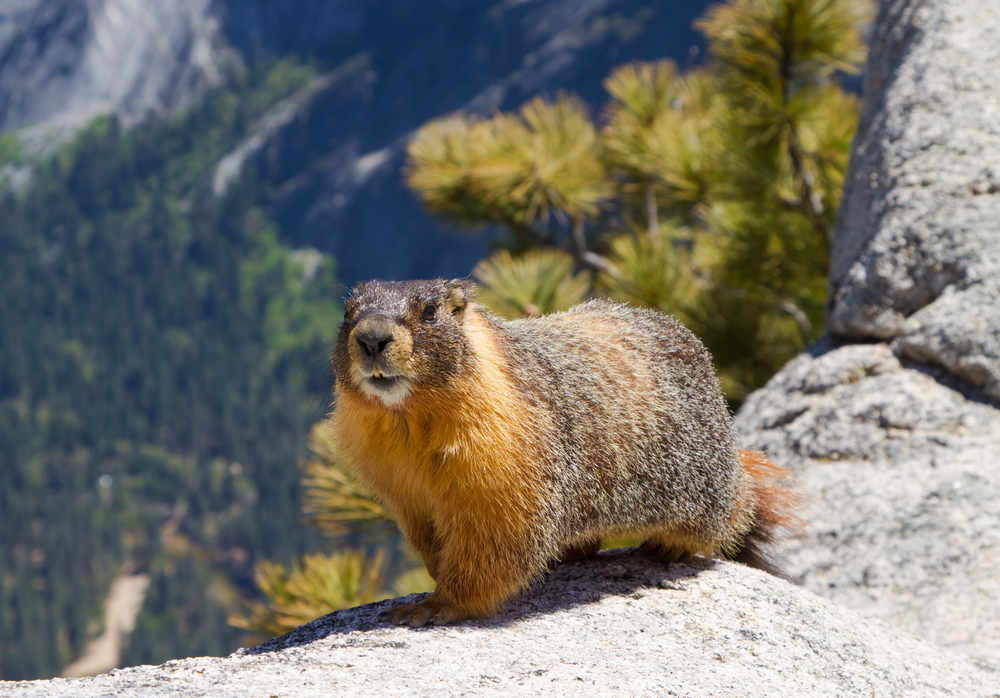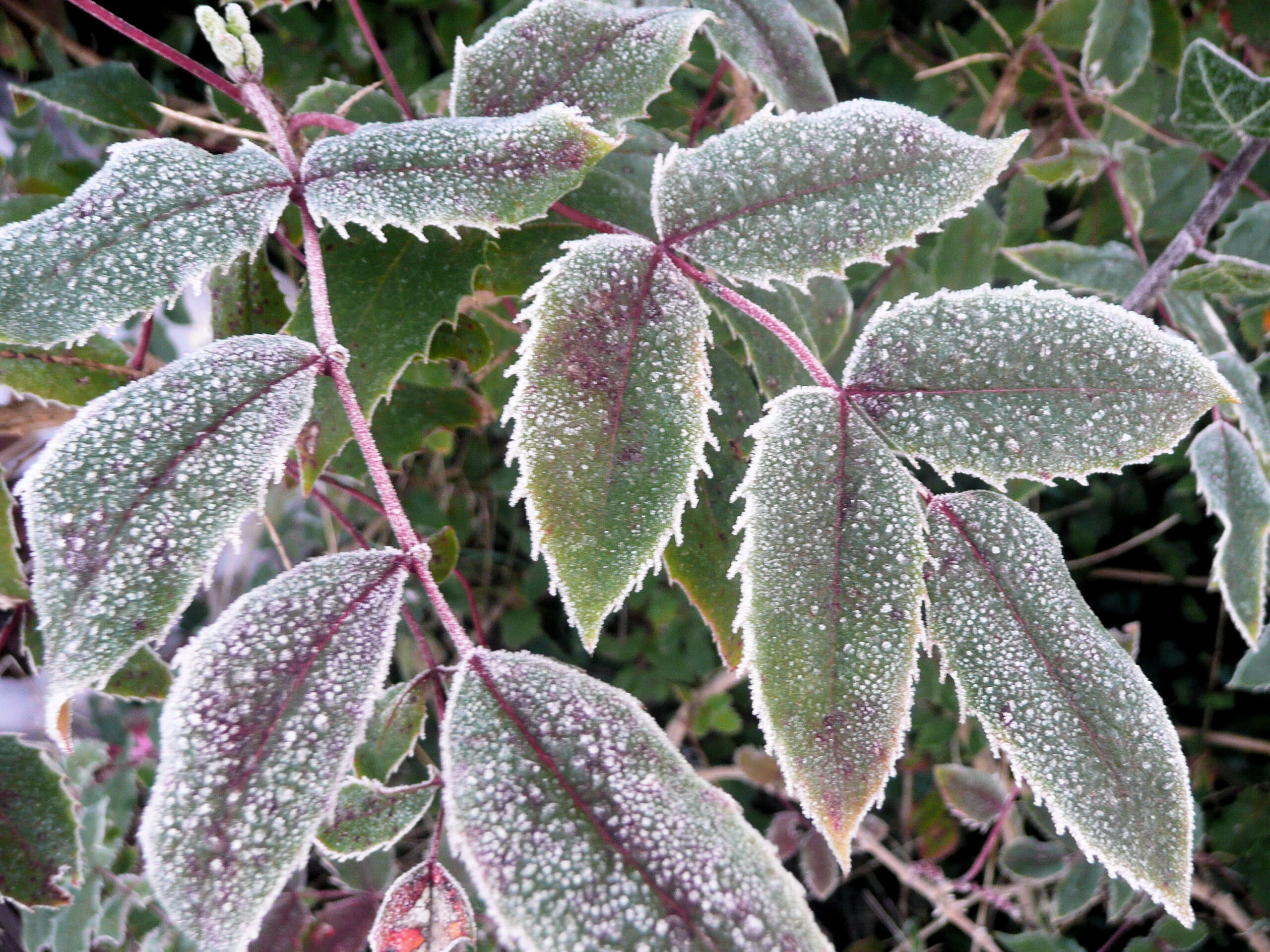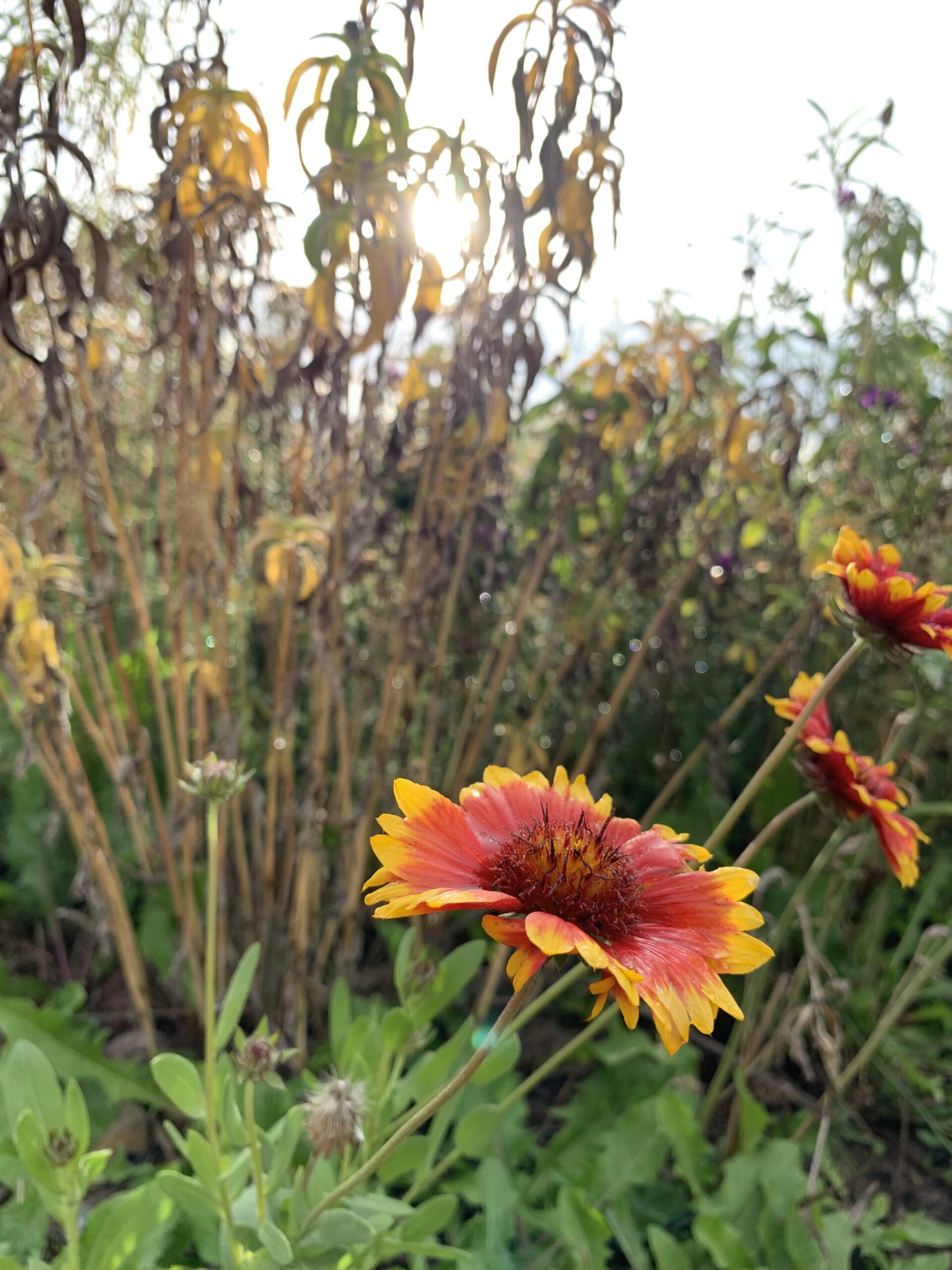By Jessie Walthers, Conservation Program Manager Groundhog Day. Who doesn’t love this most random of…

Friendly Fences on Ashley Creek: Benefits for Water and Wildlife
By: Fiona Handler, Big Sky Watershed Corps Member serving with Flathead Conservation District
Terese Lipinski Kashi remembers moving from Evergreen when she was in seventh grade, which happened to be impeccable timing for her family since this was also the year before the record flood of 1964, which caused immense damage to Evergreen. Her father bought a property along the middle reach of Ashley Creek in 1959 and took the next few years to thoughtfully build a home for his family that would be optimal for staying warm in the winter and cool in the summer. Terese says many friends of the family were surprised to hear that they were planning to move “way out there,” but their family was happy to move out of town. At the time, only 33,000 residents were estimated to live in the Flathead Valley, less than one-third of the current population. As populations increase, so does likelihood of negative impacts from pollution in a watershed.
Terese has fond memories of growing up along Ashley Creek, and she has witnessed many changes over the years. Nearly half a mile of Ashley Creek flows through her property. As a child she remembers trout fishing in Ashley Creek, but current conditions no longer support native trout. She has watched as the pace of development has increased in the Flathead Valley, and pressures on the land and water became more apparent. Terese remembers her father, a physician by trade, always expressing concern for the environment. She feels this was a major influence for how they manage natural resources on their property, past and present. She recalls that her father would say, “You gotta take a little bit, and leave a little bit for wildlife,” which is a philosophy Terese stands by to this day.
The Department of Environmental Quality considers water quality in Ashley Creek to be impaired because of high water temperatures and pollution levels. The conditions have negatively impacted aquatic life and are a concern for contact through recreation, such as swimming. Ashley Creek was specifically included in the Flathead-Stillwater Watershed Restoration Plan, which is a planning document written by the Flathead Conservation District to strategize improvement of water quality the Flathead watershed. Terese contacted the Flathead Conservation District because she felt there were some issues that, if addressed on her property, could benefit Ashley Creek and ultimately the waters downstream – Flathead River and Flathead Lake.
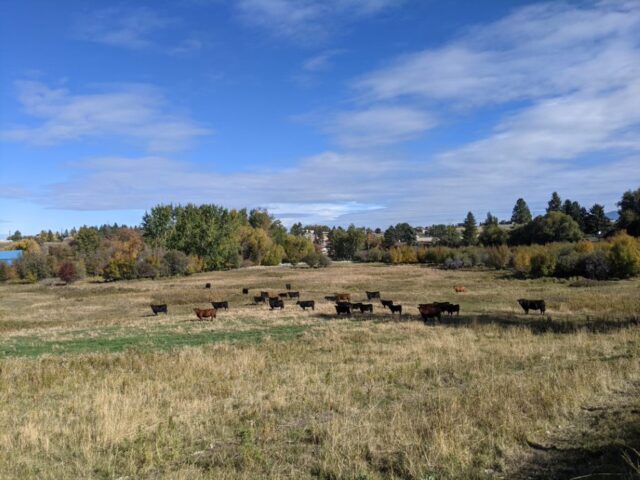
Cattle grazing along Ashley Creek. 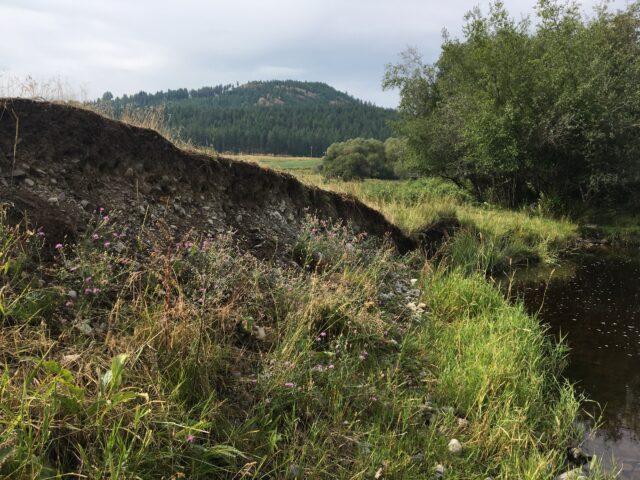
Eroding stream bank on Ashley Creek.
Terese leases her property for grazing cattle and irrigated hay production. Livestock are rotated with great care and attention to animal and pasture conditions, but over years with unlimited access to the creek, the cattle have trampled and compacted some areas and caused streambank erosion. Flathead Conservation District worked with Terese and her leasee to install over 1400 feet of livestock fencing that strategically limits livestock access to the creek and protects nearly four acres of sensitive riparian area, while still providing a location for livestock to water and cross. Within the fenced area, native vegetation will grow and spread to shade the stream, stabilize streambanks through deep root systems, capture pollution runoff, and provide excellent wildlife habitat. The fence was installed with wildlife crossing and access in mind; it will provide safe passage over and under for wildlife to use and benefit from the protected area. Additionally, the irrigation system which draws surface water from Ashley Creek was repaired and retrofitted to reduce water waste that was leaking from a cracked pipeline and causing major erosion on the streambank.

Grant Clapp (Heart of Sky Fencing) and Samantha Tappenbeck (Flathead Conservation District) discussing plans for fencing installation at the creek crossing. 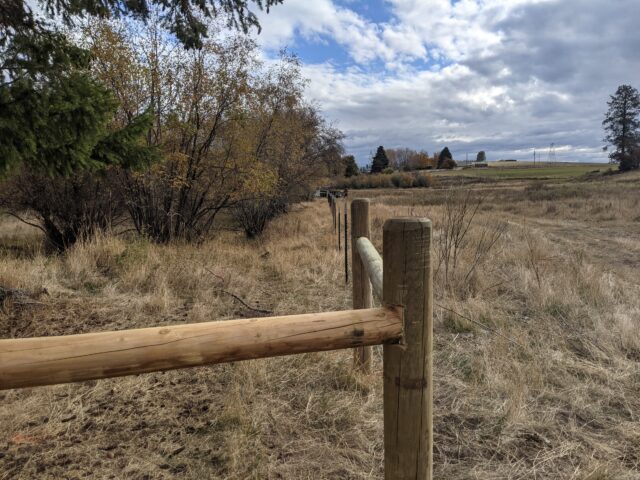
Riparian fencing protects native woody vegetation that provides many benefits to water quality and wildlife habitat. 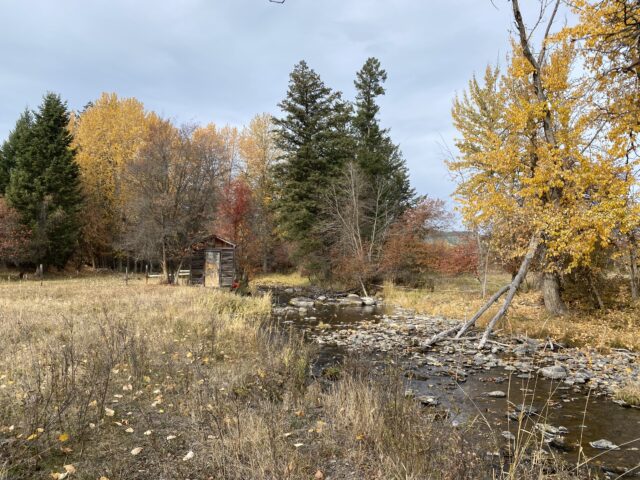
Looking upstream on Ashley Creek. Livestock are able to water and cross at this point on the stream channel that is gradually sloped. The retrofitted irrigation pump house stands on the south bank of the stream.
There are many opportunities for landowners along impaired waters, such as Ashley Creek, to implement voluntary conservation practices and receive financial assistance for projects that reduce water pollution and temperatures. The funding and technical assistance for Terese’s project came from a variety of sources. Flathead Conservation District provided grant funding through their Watershed Support Program, and secured additional funds to support the project from the Montana Watershed Coordination Council Watershed Fund, Montana Department of Environmental Quality, and the U.S. Environmental Protection Agency.
Partnership between landowners and local agencies and organizations can lead to small projects that have big impacts on water quality. Check out a similar project that was completed through partnership several years ago, further downstream on Ashley Creek. Flathead Conservation District works with landowners and sponsors projects to create a ripple effect through the community for the benefit of water quality and natural resources. For more information about your watershed and programs available to benefit water quality and natural resources, reach out to Flathead Conservation District.

Overview of the project area and livestock pasture along Ashley Creek.
This project made possible through funding from:





